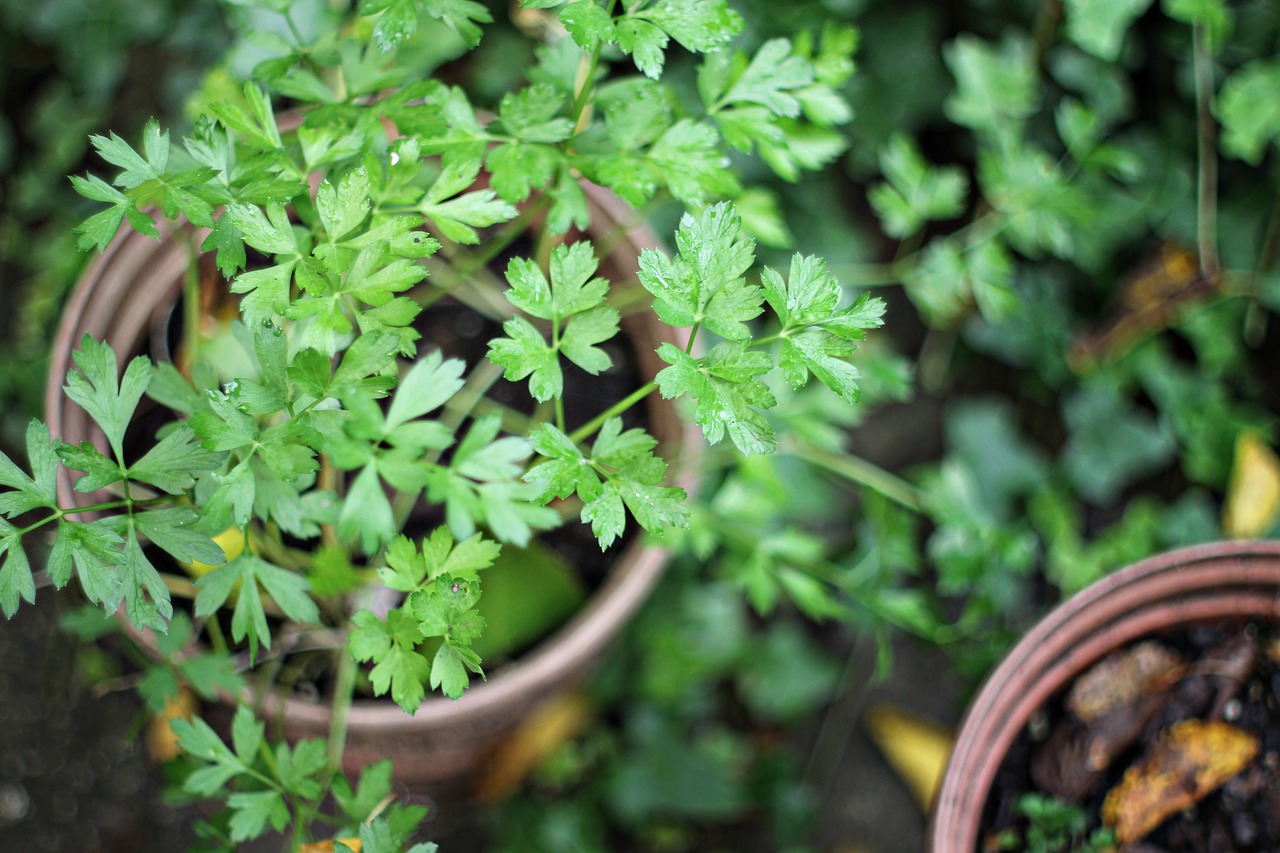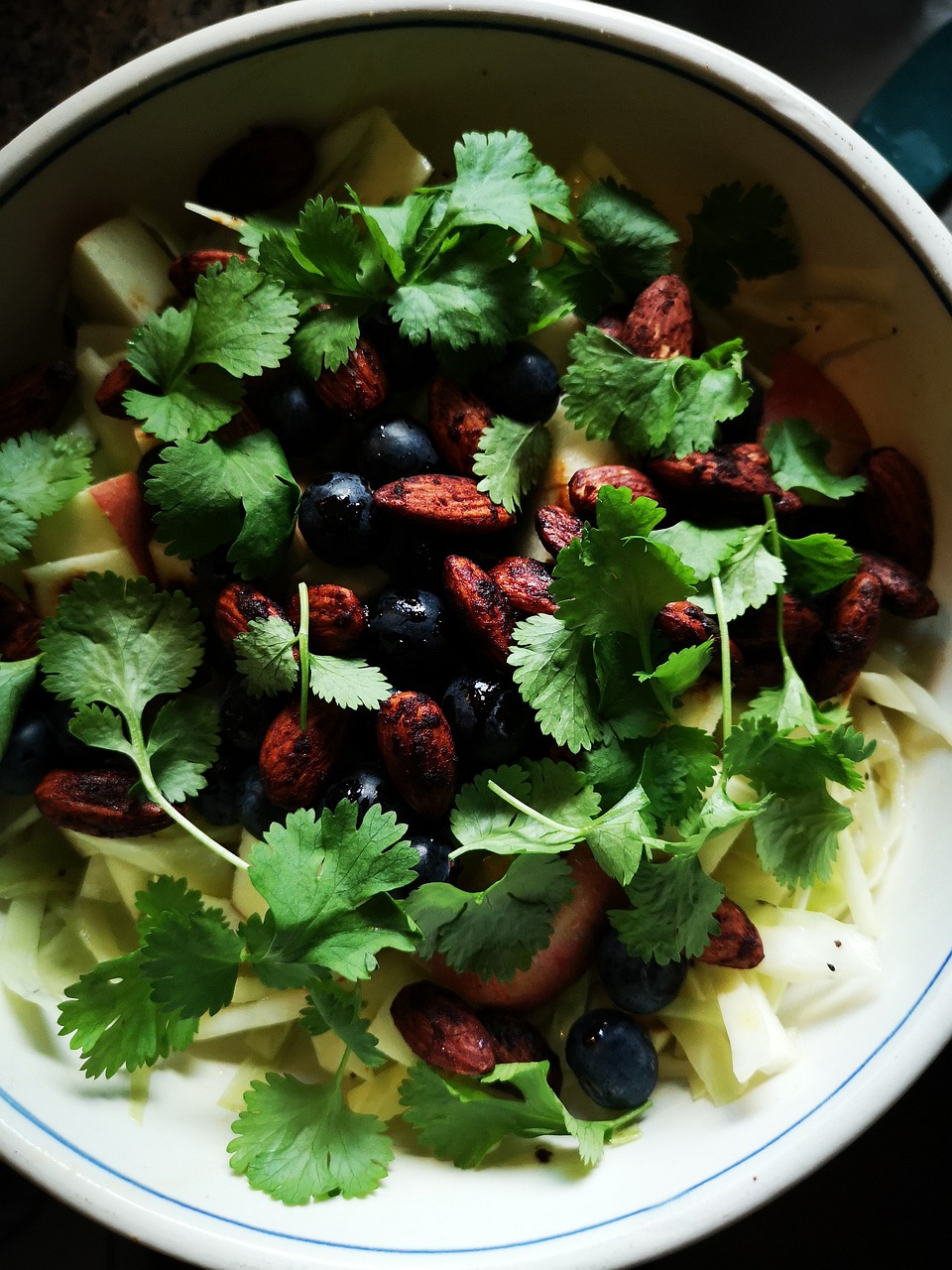Cilantro Herb
(and several other varieties)
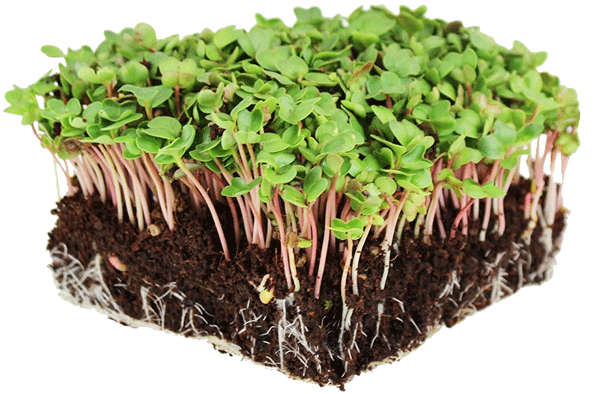
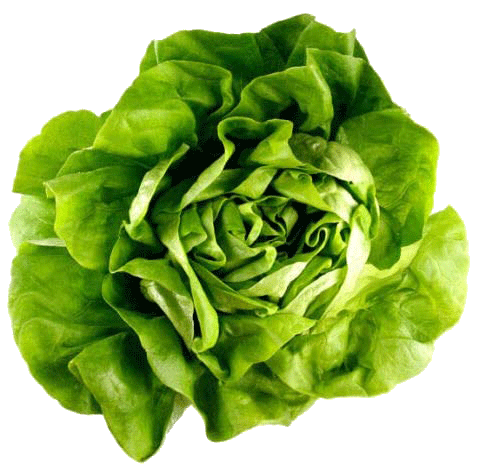
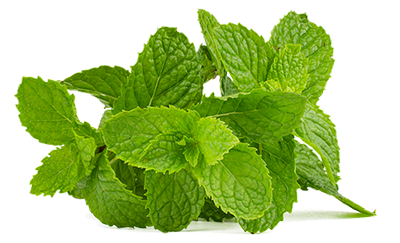
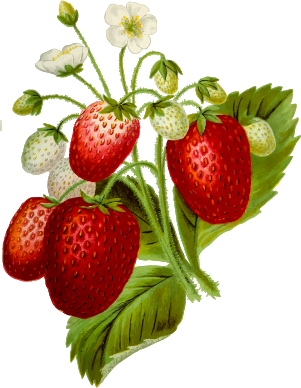
Cilantro, also known as coriander and Chinese parsley, is a popular annual herb that is used and cultivated around the world.
In the US, cilantro refers to the leaves, the first vegetative stage of the plant’s life cycle. The seeds the plant develops after flowering are commonly referred to as coriander. All parts of this plant, from the stem and leaves, dried seeds and roots are traditionally used in cooking. While most people enjoy the taste of cilantro leaves, a small percentage (3-21%) of people tested find them taste like dish soap. This is attributed to a gene that detects some specific aldehydes that are used as substances in soaps.
Cilantro is widely used in salsa, pasta, spreads, noodles, and many more dishes. The cilantro seeds are used either whole, in pickling recipes or ground, and used as a spice in curries, soups, and rice dishes.
Cilantro has been used for many centuries for cooking in Mexico, Africa, India, Spain, Russia, and many areas of Asia – Thailand, China, and the Middle East. The plant is grown over a wide area of Western Asia and Southern Europe. The oldest archaeological find of cilantro has been traced to the Pre-Pottery Neolithic B period 8,500 to 10,800 years ago in Israel. The crop is believed to have been cultivated by the ancient Egyptians and apparently was used as a herb for the flavor of its leaves and spice for its seeds.
